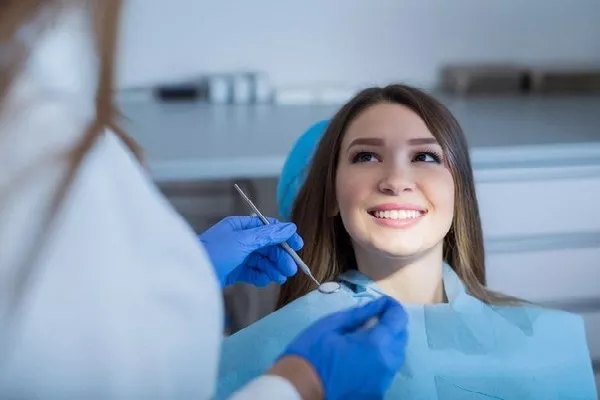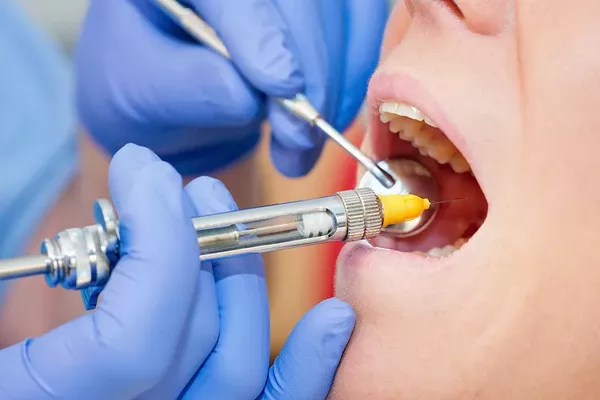Dental hygiene is an essential part of overall health, and one of the most important aspects of dental hygiene is removing plaque from your teeth. Plaque is a sticky film that forms on teeth and contains harmful bacteria that can cause tooth decay and gum disease. While regular brushing and flossing can help prevent plaque buildup, there may be times when you want to remove it yourself. In this article, we will discuss how to safely and effectively scrape your own plaque.
Before we get into the specifics of how to remove plaque, it’s important to understand what plaque is and how it forms. Plaque is a sticky film that forms on teeth and contains harmful bacteria that can cause tooth decay and gum disease. It forms when bacteria in the mouth combine with saliva and food particles to create a sticky, colorless film on teeth.
If left untreated, plaque can harden and turn into tartar, which is much harder to remove and requires professional dental treatment. That’s why it’s essential to remove plaque regularly to prevent it from causing more significant problems.
To remove plaque from your teeth, you’ll need a dental scaler, which is a tool used to scrape plaque from teeth. You can purchase dental scalers online or at your local pharmacy or dental supply store.
Here are the steps to safely and effectively scrape your own plaque:
- Begin by selecting a well-lit area with a mirror where you can clearly see your teeth.
- Start by gently scraping the plaque from the front teeth, using the scaler to gently scrape the plaque from the surface of the teeth.
- Be careful not to press too hard or use excessive force, as this can damage the tooth enamel or gums.
- Move the scaler in a back-and-forth motion, working your way around each tooth, being careful to reach the back teeth as well.
- Make sure to scrape both the top and bottom teeth, as plaque can accumulate on both surfaces.
- Rinse your mouth with water periodically to remove any debris or plaque that has been dislodged.
- Finish by brushing your teeth thoroughly and flossing to remove any remaining plaque or debris.
It’s essential to note that while scraping your own plaque can be an effective way to maintain dental hygiene, it should not replace regular dental checkups and cleanings. Your dentist will be able to remove any tartar buildup and address any dental issues that may require professional treatment.
In conclusion, removing plaque from your teeth is an essential part of maintaining good dental hygiene. With the right tools and technique, you can safely and effectively scrape your own plaque at home. However, it’s important to remember that regular dental checkups and cleanings are still necessary to ensure optimal dental health.
































